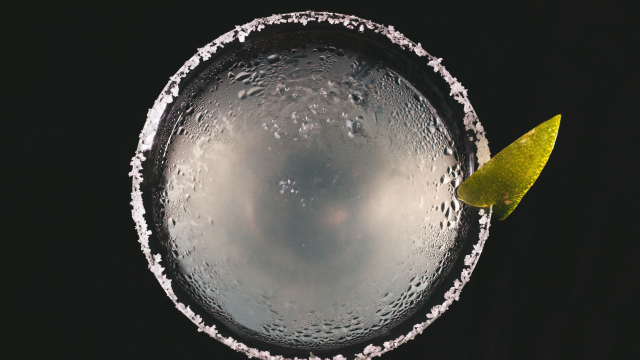Diaper rash is still classified as diaper dermatitis which has become commonly known to affect babies, and its symptoms are usually bright red areas on the baby’s skin, especially the buttocks region. It affects mostly the neonates and the young infants who wear diapers, with the worsened situations happening mostly due to the tightness of the diapers and the waiting times with the moisture exposed at the diaper area – junction – to the surrounding body heat.We can cure diaper rash with the help of the best diaper rash cream.
Why Does a Diaper Rash Happen?
Wet Diapers: If the baby’s skin is in contact with a wet, urinating, or soiled diaper for too long, the constant moisture can wear down the protective barrier of the skin and cause irritation. While it may seem like an insignificant nuisance, diaper rash can be troublesome and painful for your baby. We will be discussing the varying causes of diaper rash, from prolonged contact with moisture and friction all the way to sensitivity to some products.
- Infection: Prolonged exposure to moisture and irritation might facilitate the growth of bacteria or yeast which can cause infection and thus create diaper rash.
- Friction: The friction of the diaper rubbing against the skin of the baby drives irritation even further, especially if the diaper is too tight or if the baby is constantly moving.
- New foods: When babies start solid foods, changes in their stool may sometimes cause diarrhea, or increase rashes, that promote diaper rash.
- Sensitive skin: Some babies have sensitive skin. The constant rubbing and chafing of the diaper against the skin and at the edges that contact the skin make for easy irritation and rashes.
- Contact with Urine and Feces: Urine and feces contain many enzymes and chemicals which, through prolonged contact with the skin, can irritate the skin and cause the condition of diaper rash.
- Use of Certain Products: Some diaper wipes, soaps, detergents, or lotions may contain ingredients that can irritate the skin and cause a diaper rash.
- Allergic Reactions: Some babies may have an allergic reaction to certain ingredients in diapers, wipes, detergents, or creams, which further irritate the skin and may bring about diaper rash.
Symptoms of Diaper Rash
- Redness: The most obvious symptom is red skin in the diaper area, which includes the bottom, genitals, and lower abdomen.
- Irritation: The affected skin may appear raw, inflamed, and irritated. The skin of the diaper area may feel warm to the touch due to inflammation.
- Peeling or Flaking: Severe cases may manifest in flaking or peeling skin, and this shows damage to the topmost layer of the skin.
- Pimples: In the diaper area, small red bumps or pimples may occur, especially where the diaper touches the skin.
- Bleeding: In the worst cases, serious rashes could cause bleeding from the affected areas or cracking of the skin.
How To Prevent Diaper Rash?
Diaper rash becomes a big problem if we don’t cure it on time. Prevention of diaper rash includes the following measures: maintaining cleanliness, dryness, and protection of the diaper area. Here are some effective strategies to help avert diaper rash:
- Diaper Change – Change your baby’s diaper as soon as it becomes wet or soiled. Checking and changing the diaper during the night reduces moisture and irritation. Some disposable diapers contain an absorbent gel, which pulls wetness away from the skin.
- Gentle cleaning: Wash the diaper area with water only or with mild soap and water for the baby wipes that do not contain alcohol, soap, lotions or perfumes. Do not use alcohol or chemicals-infected wipes that may harm the skin instead of cleaning it.
- Allow Air Exposure: Allow your baby to go naked for at least some time in a day so that the skin of the baby can breathe. Try placing the baby on a towel or an absorbent pad while changing her or just make sure that the diaper is not very tight for the baby as this will restrict air from reaching it.
- Diaper rash cream: Apply a thick layer of diaper rash cream or ointment that contains ingredients such as zinc oxide or petroleum jelly to create a barrier between your baby’s skin and the diaper. Apply at each diaper change to protect the skin from moisture and irritants.
- Super-absorbent Diapers: Choose super-absorbent disposable diapers that keep moisture away from the skin. If using cloth diapers, wash and rinse them well to remove all the soap from the diapers. Consider a diaper liner to help keep the moisture away.
- Contact to doctor – In case the baby isn’t feeling well after trying out all the methods described above, then you should contact the doctor right away before it gets serious.
Precaution in Diaper rash
To cure diaper rashes, we need to know some precautions that will help the baby recover quickly. Here are some of them, given below.
- Diaper rash cream: the best diaper rash cream is a good choice to treat diaper rashes, but you make sure that the cream has proper ingredients like zinc oxide and petroleum jelly to cure diaper rashes.
- Proper diet – While diaper rash treatment you have to give proper diet with right nutrients because some foods may have adverse reactions with medicines or rash cream.
- Avoid Tight Clothes: Dress your baby in loosely hanging, breathable clothes. This helps to reduce friction and allows some wind to get to the bottom. The less amount of air able to get to the skin, the higher the temperature, and so the higher the risk of a diaper rash. In addition, avoid tight elastic bands and tight clothes rubbing against the skin.
- Monitor for Signs of Irritation: Pay attention to your baby’s bottom for any redness, irritation, or rash. If you have noticed any changes, treat them as needed.
Conclusion
Diaper rash is a major problem for babies. This can lead to life-threatening diseases. We can prevent it with some precautions and diaper rash cream because it is an uncomfortable situation for babies. We can also cure it with some home-made remedies, but make sure they are suitable for babies.



